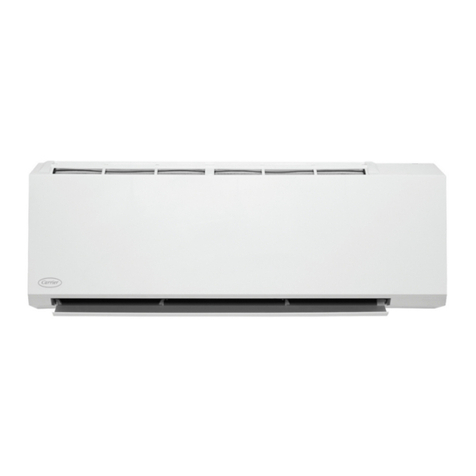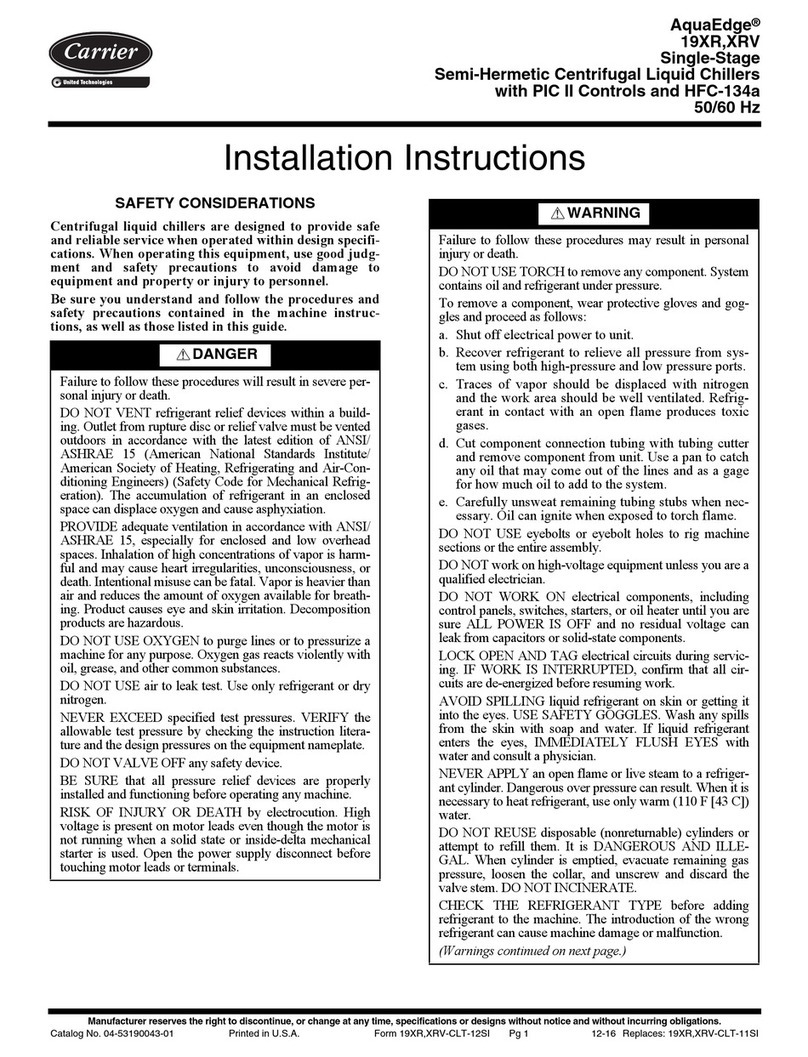Carrier 50ZP036300 User manual
Other Carrier Air Conditioner manuals
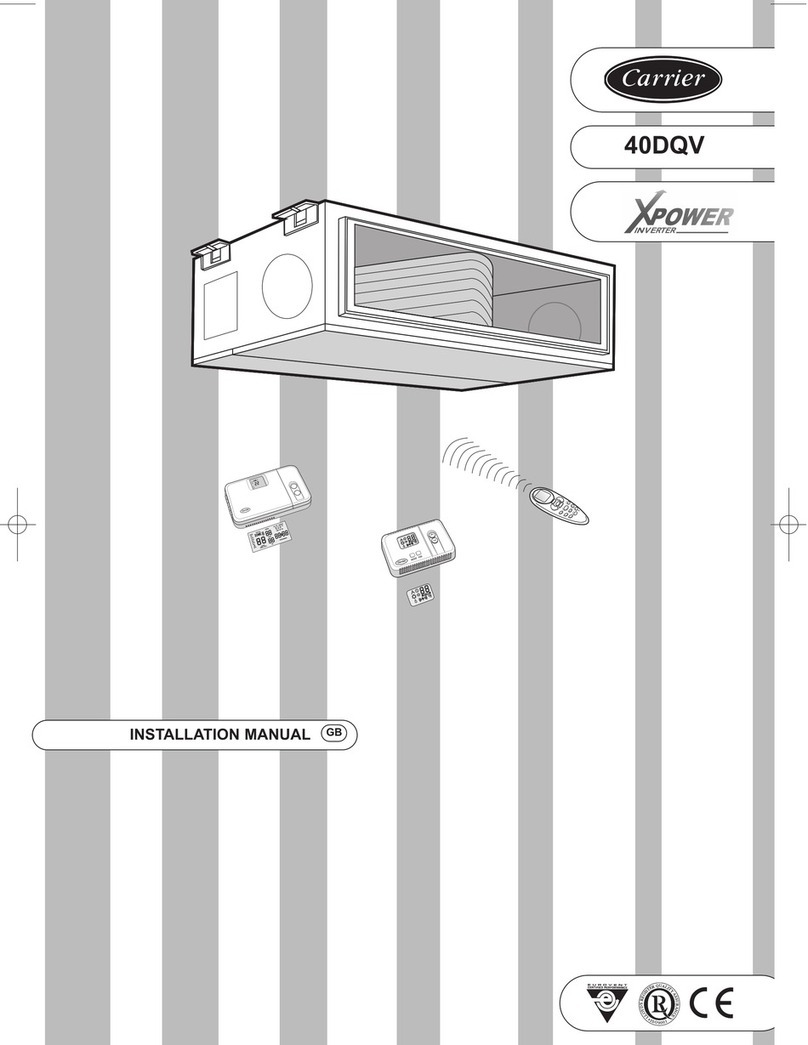
Carrier
Carrier XPower 40DQV User manual
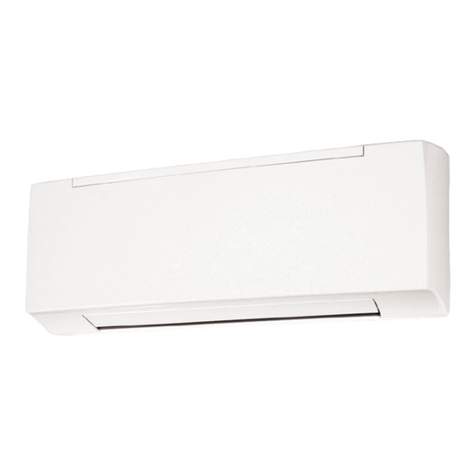
Carrier
Carrier 42WM 09C Series Manual
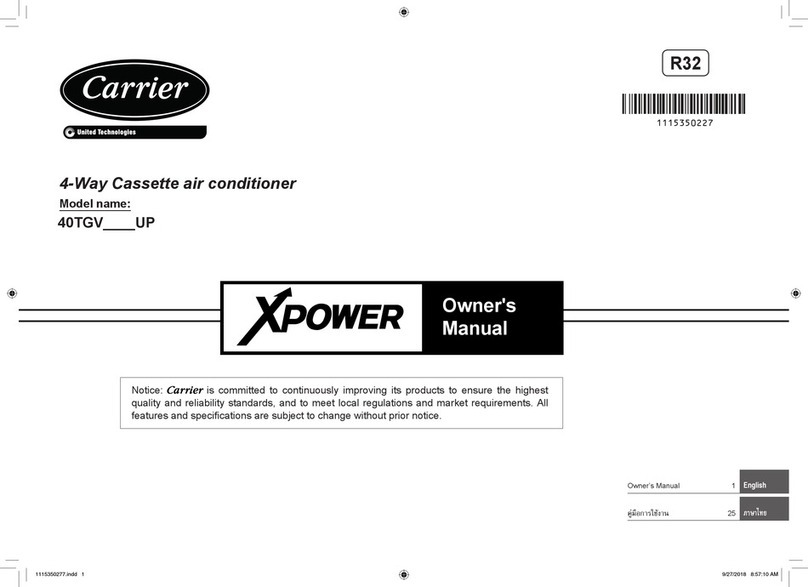
Carrier
Carrier XPower User manual
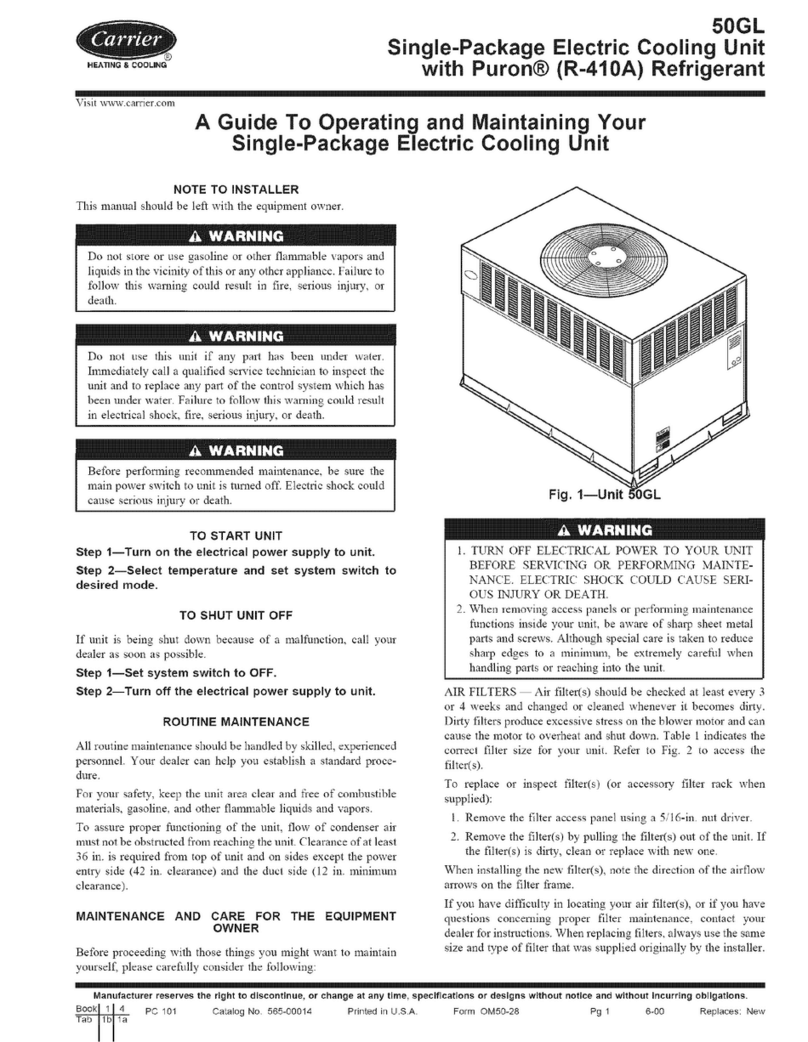
Carrier
Carrier 50GL 024-060 User manual
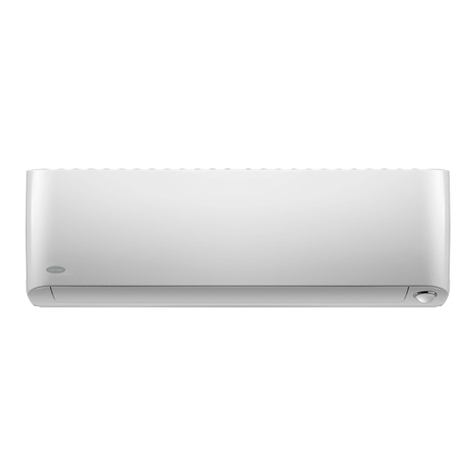
Carrier
Carrier 40MPHA User manual

Carrier
Carrier 24APA7 Performance User manual
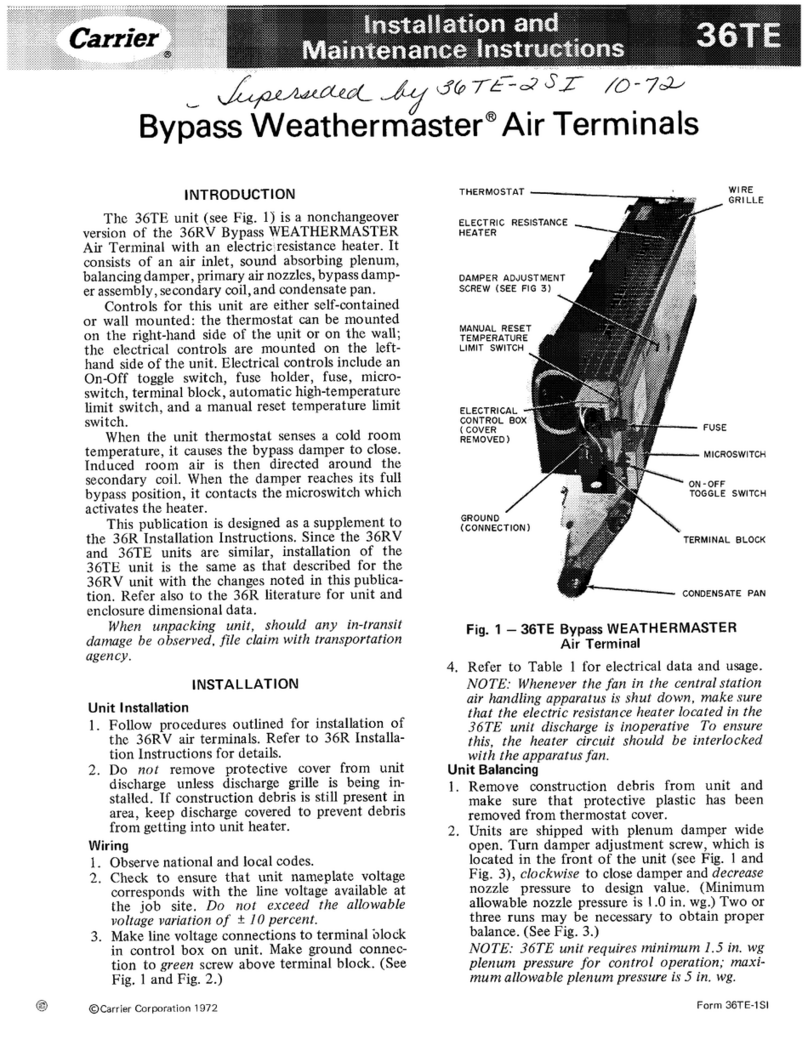
Carrier
Carrier WEATHERMASTER 36TE User manual
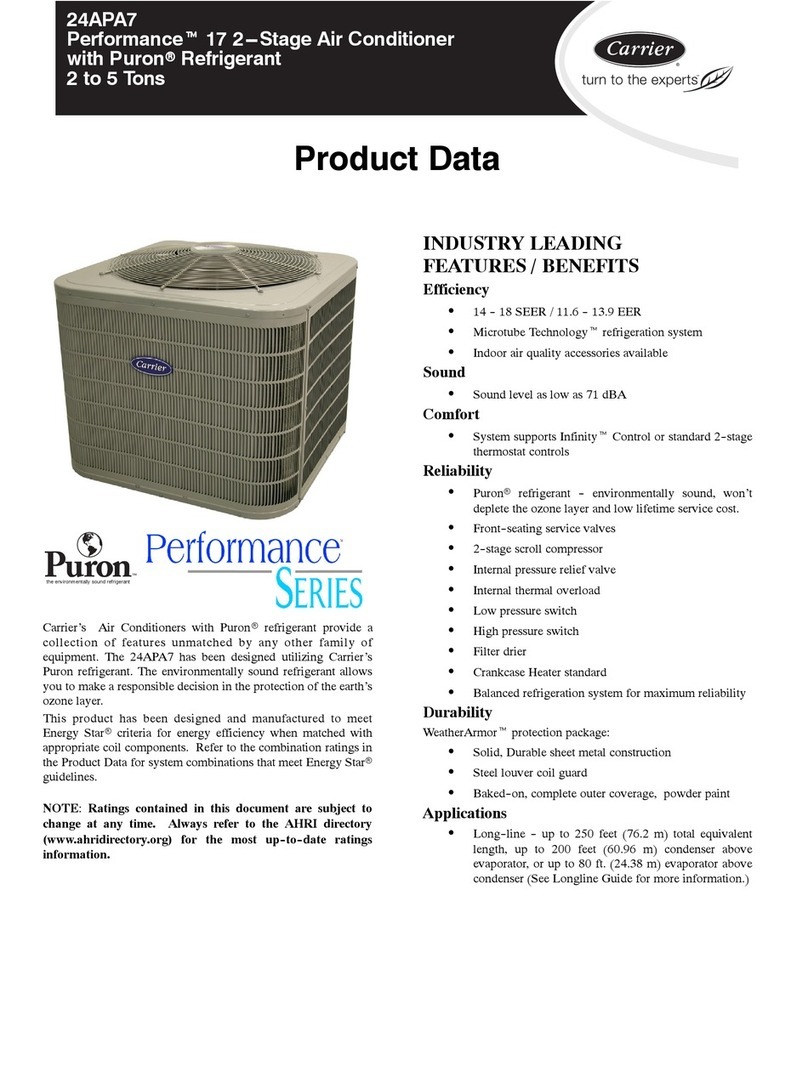
Carrier
Carrier 24APA7 Performance Operation manual
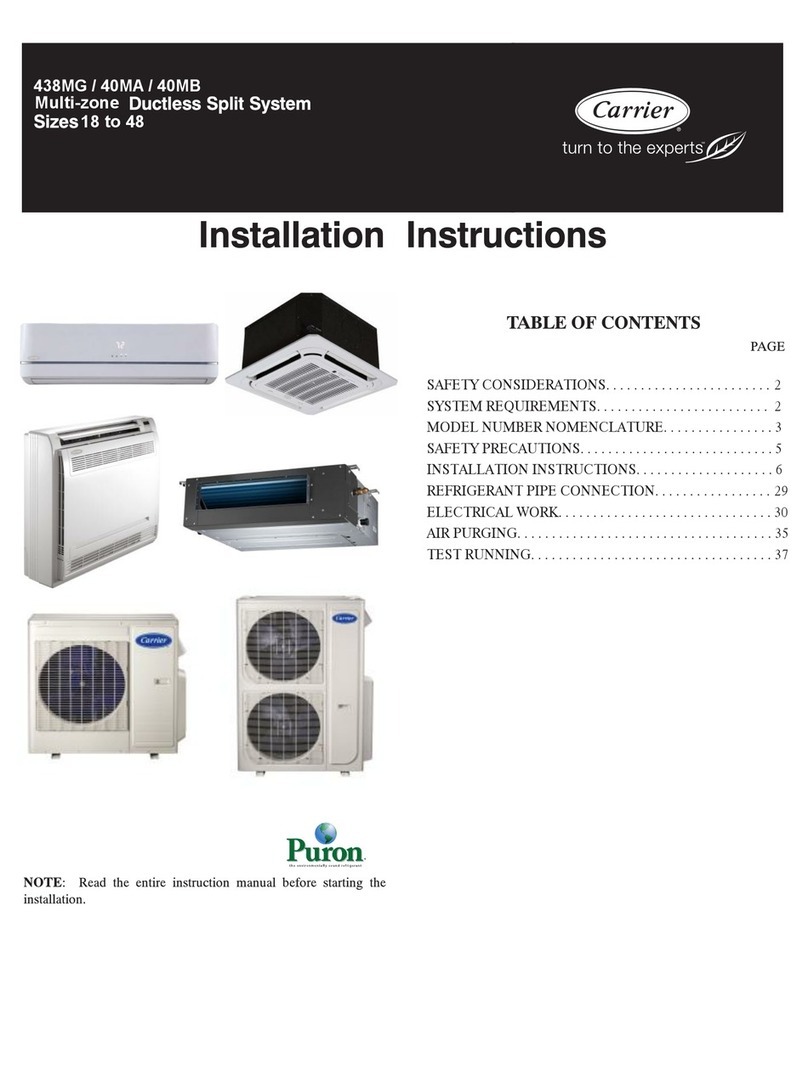
Carrier
Carrier 438MG series User manual
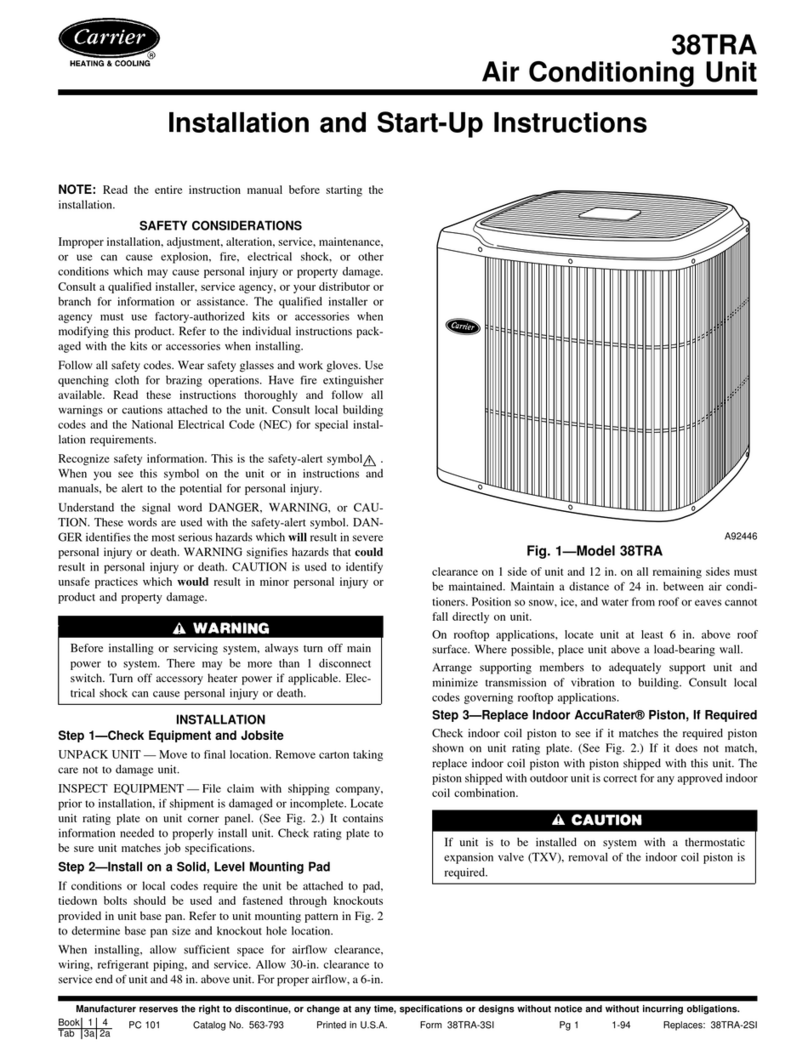
Carrier
Carrier AIR CONDITIONING UNIT 38TRA Instructions and recipes

Carrier
Carrier OMNIZONE 50XCA06-24 Operation manual
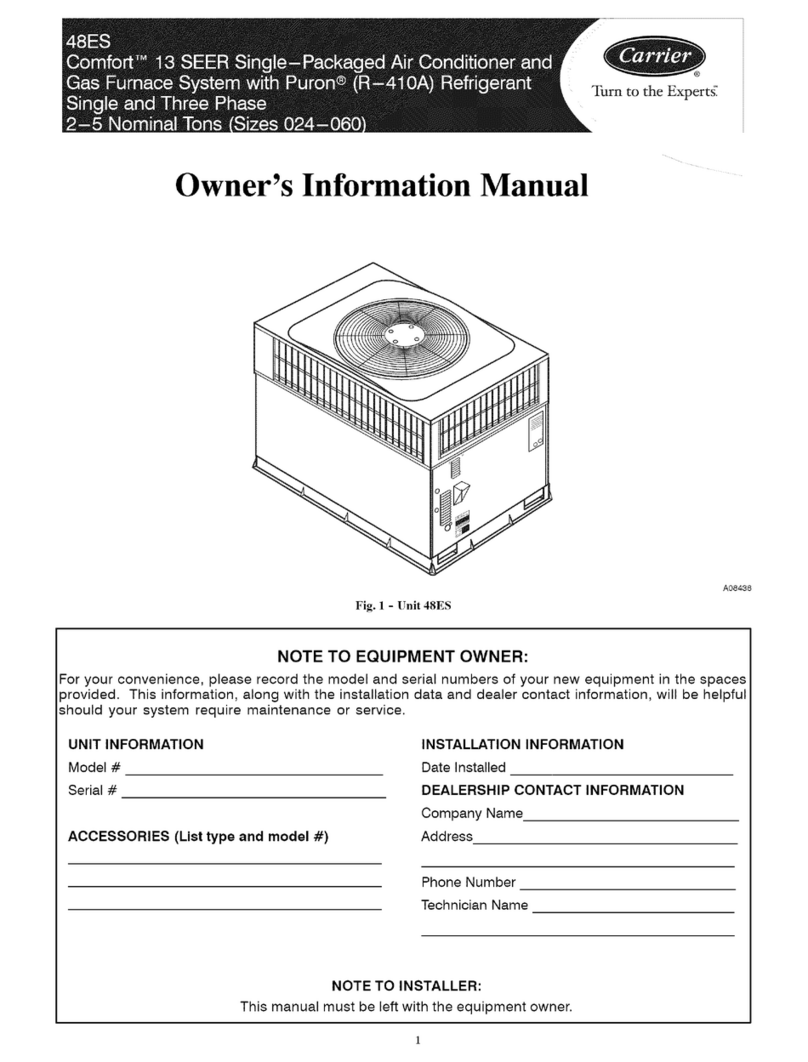
Carrier
Carrier 48ES Instruction Manual
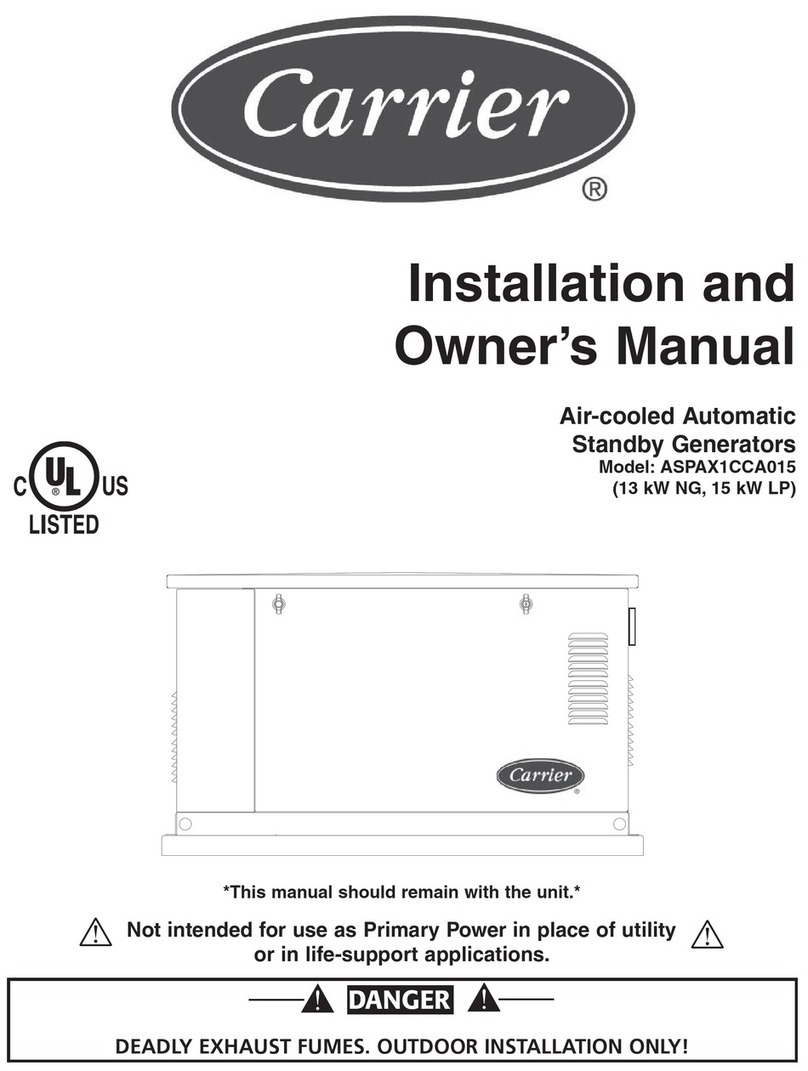
Carrier
Carrier ASPAX1CCA015 Installation instructions
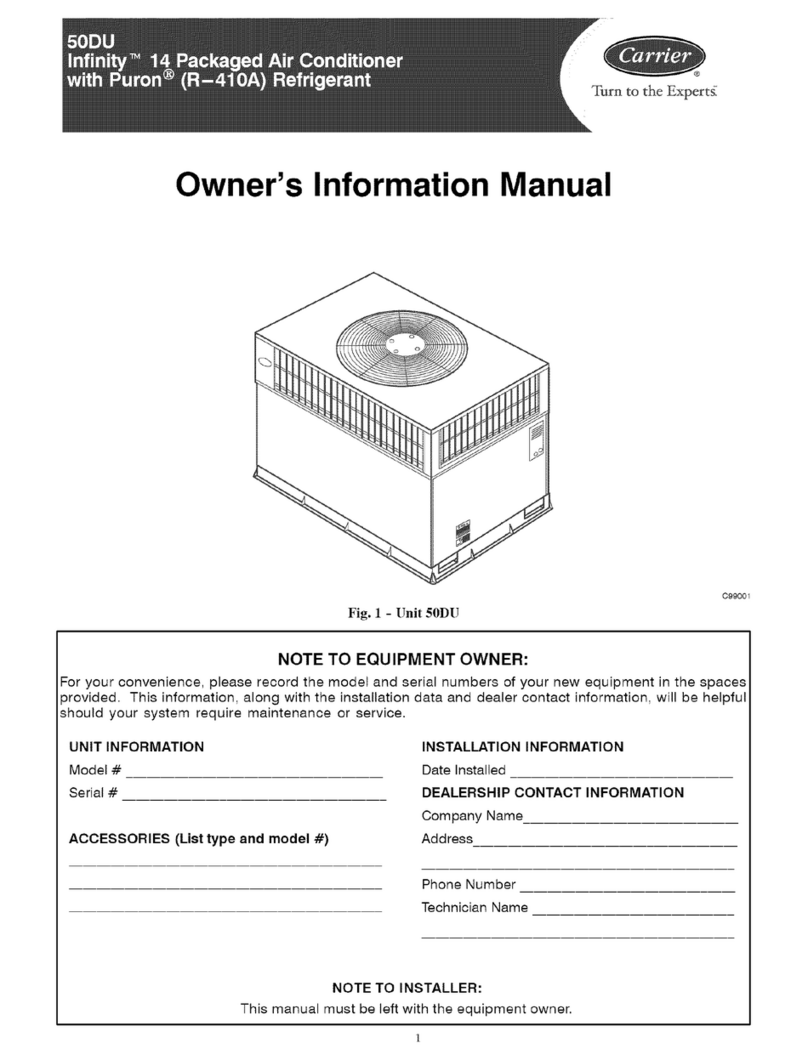
Carrier
Carrier Infinity 50DU Instruction Manual
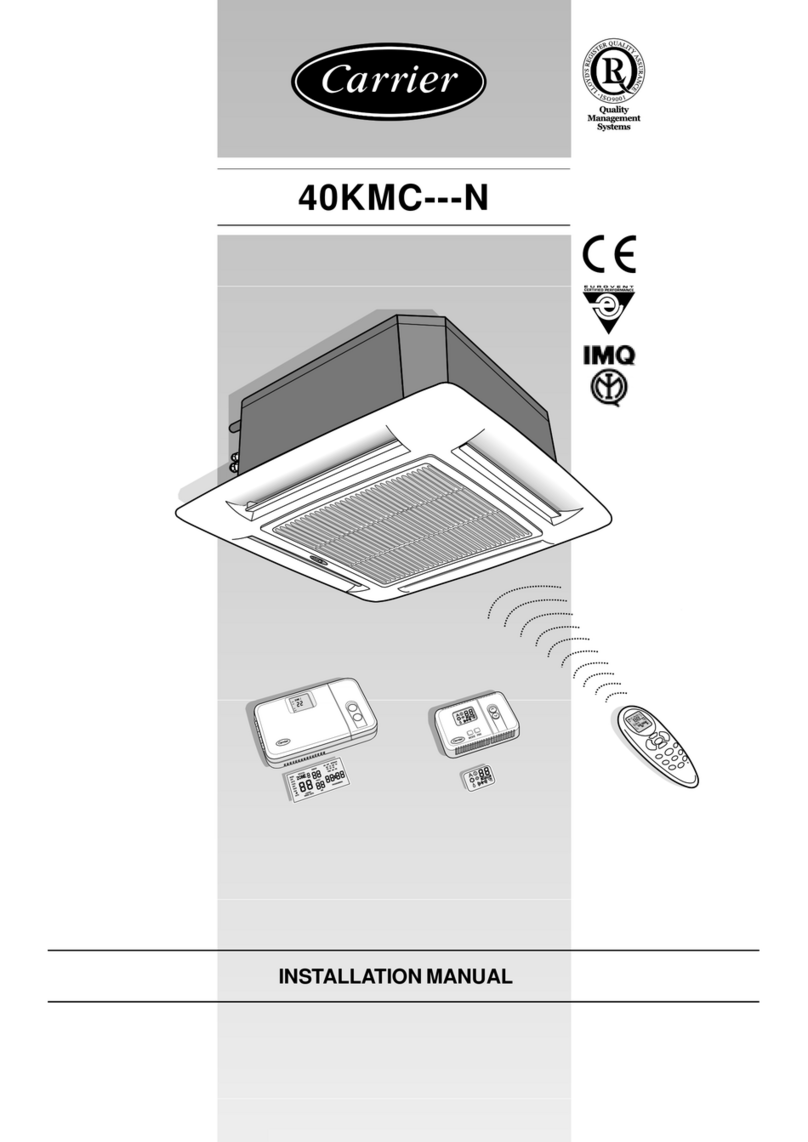
Carrier
Carrier 40KMC---N User manual
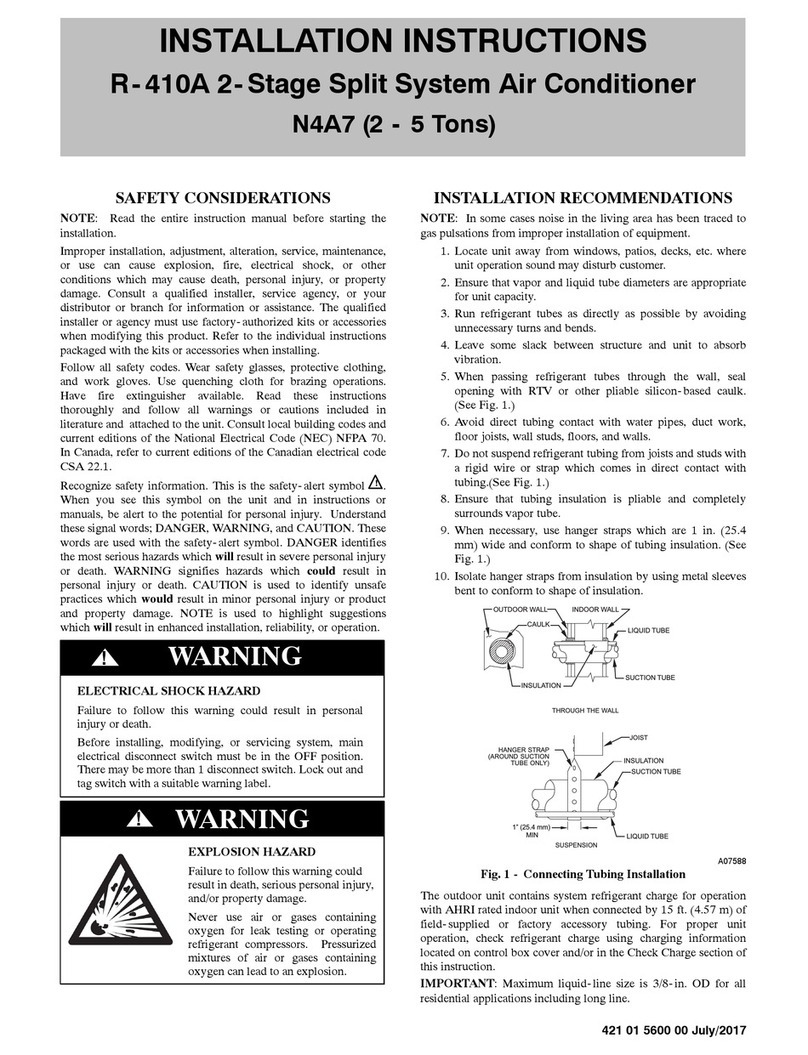
Carrier
Carrier N4A7 User manual
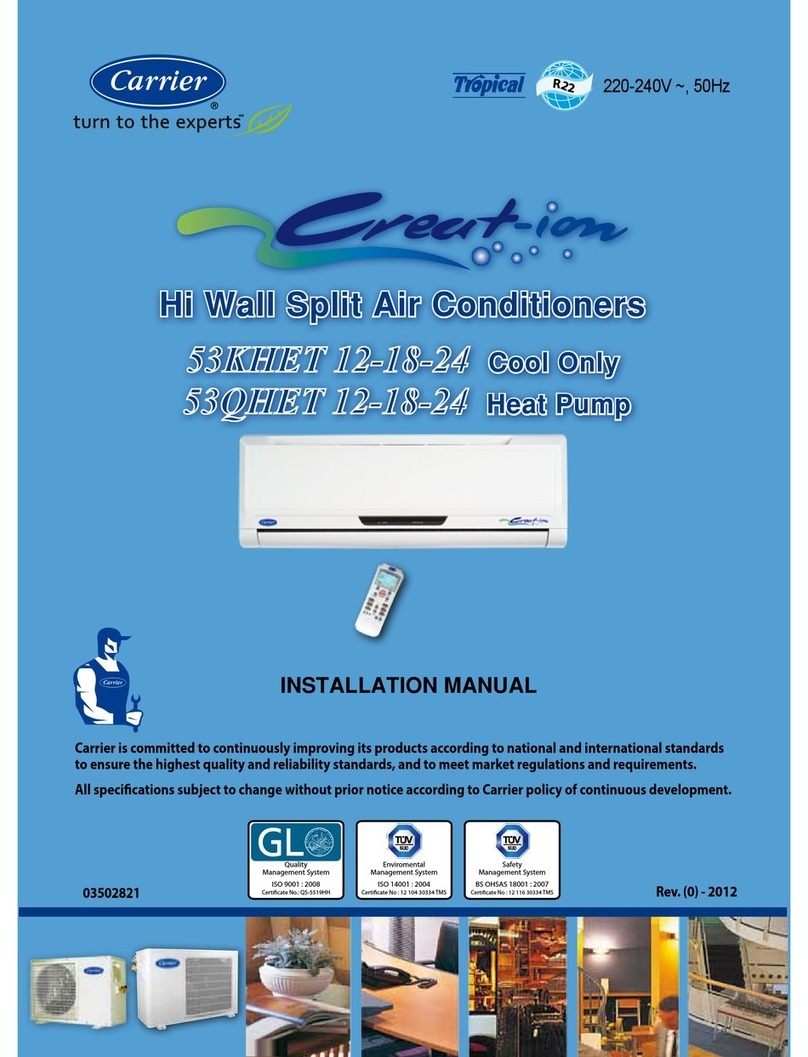
Carrier
Carrier 53KHET 12 User manual

Carrier
Carrier 52S series Quick start guide
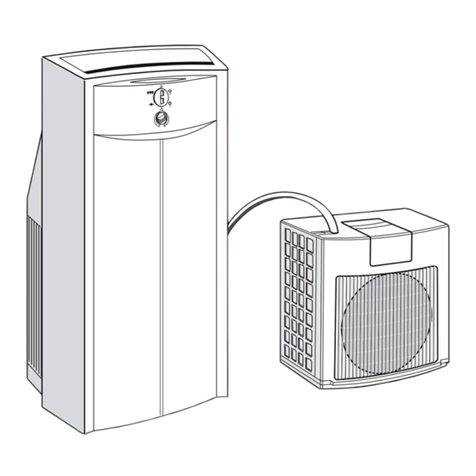
Carrier
Carrier 53SSA Troubleshooting guide
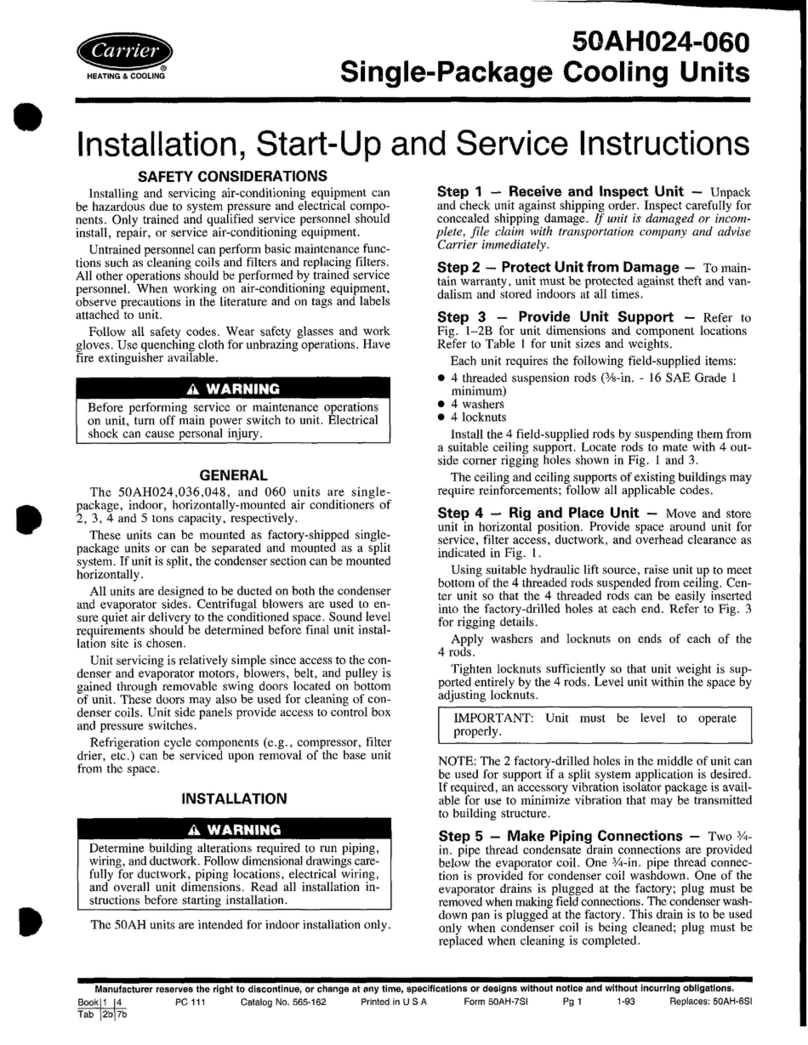
Carrier
Carrier 50AH024-060 Dimensions and installation guide
Popular Air Conditioner manuals by other brands

CLIMAVENETA
CLIMAVENETA a-CHD U-2T 606+2209 OPERATING AND INSTALLATION Manual

Midea
Midea EWK06CW5 user manual

Pioneer
Pioneer FAB Series installation manual

SPT
SPT WA-1511S user manual

Mitsubishi Electric
Mitsubishi Electric Mr.Slim MSZ-A24NA operating instructions

Mitsubishi Electric
Mitsubishi Electric PUHZ-RP50VHA4 Service manual
